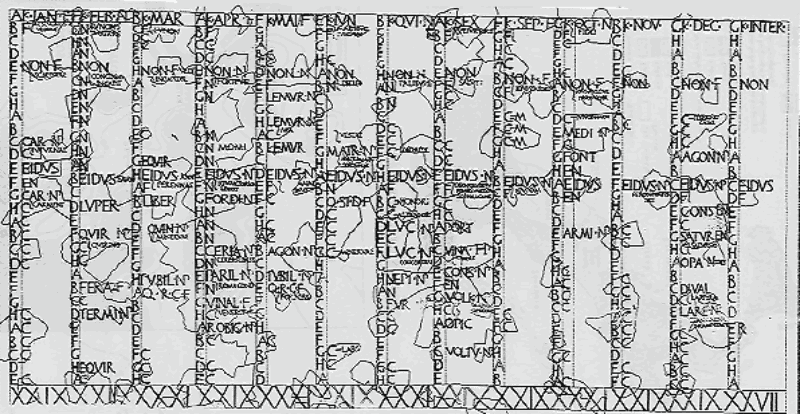Countdown to the Beginning of Time-Keeping
Robert Garland investigates the ancient origins of the calendar and time-keeping systems of the Western world.

Our present system of time-keeping provides us with a year of fixed and unalterable length which requires only the intercalation of a single (leap) day every four years. We seem to hold the passage of time so securely within the palms of our hands that we can almost hear its quiet heartbeat. Our present calendar has become so accurate that it will take 44,000 years before it falls out of step with the sun by so much as a single day.





